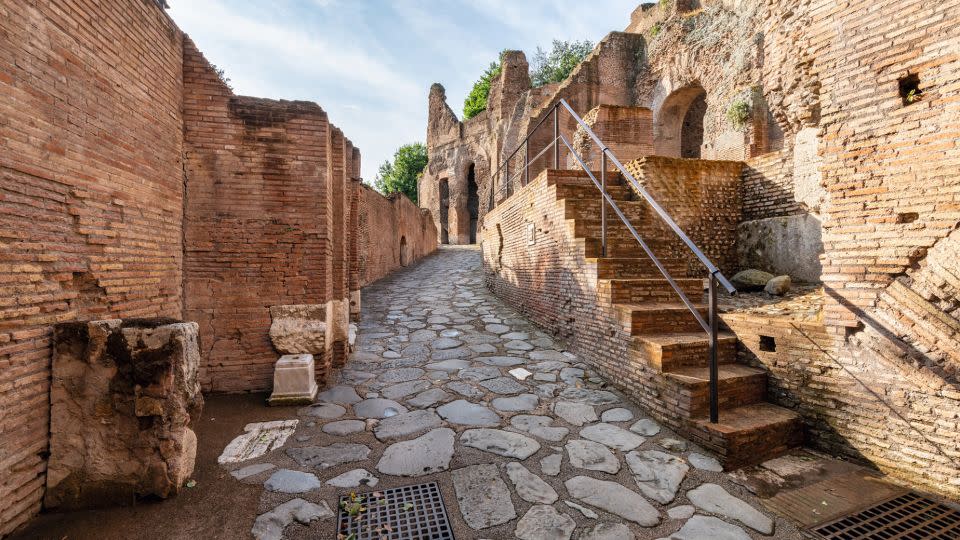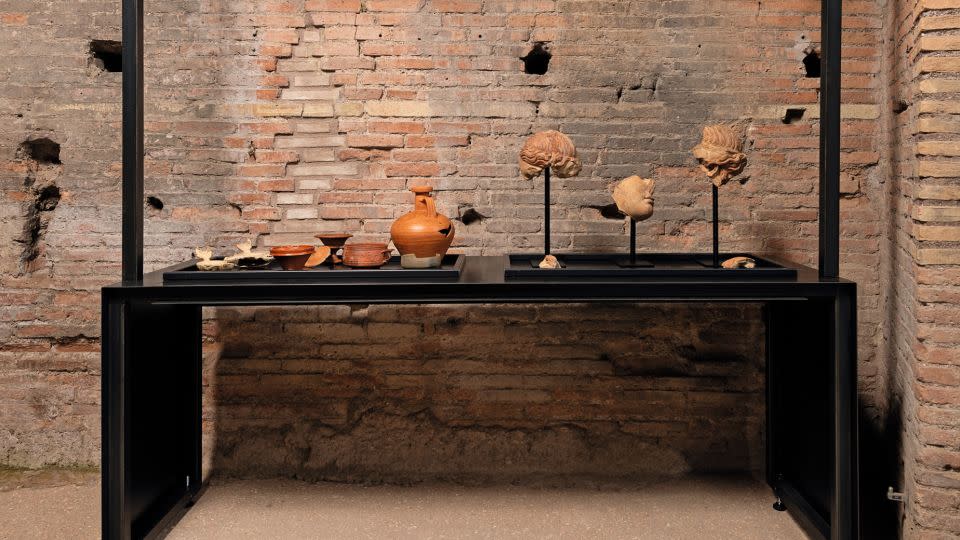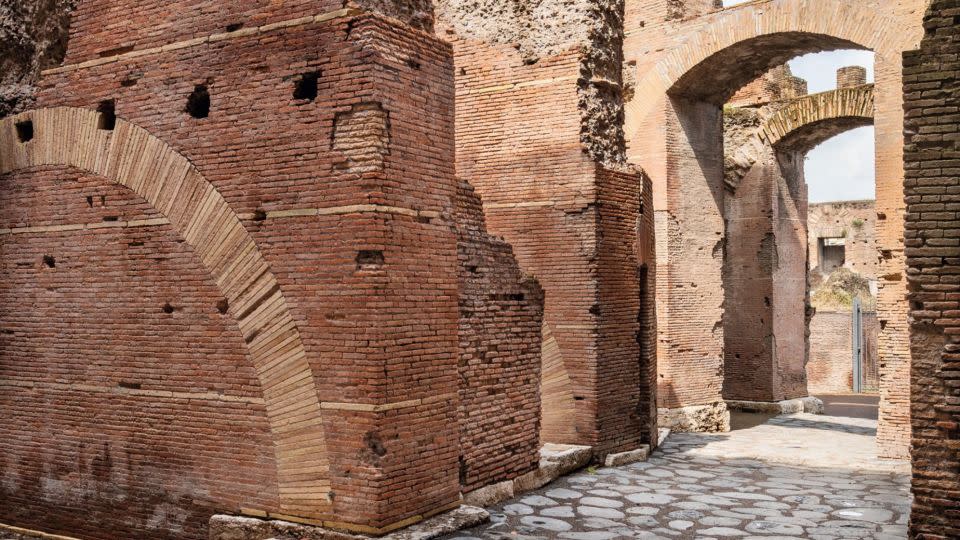Rome’s “lost” imperial palace, Domus Tiberiana, has reopened as an open-air museum after 50 years of neglect.
Until recently a dilapidated and forbidden ruin near the famous Colosseum, the Domus Tiberiana palace, built in the 1st century AD and beloved by Nero, hopes to once again take its place as one of the city’s top tourist attractions.
The ancient palace is located on the Palatine Hill, the oldest hill in the city, towering over Rome, where imperial dynasties ruled for centuries. However, over the years this area fell into disrepair, and in the 1970s the Domus Tiberiana site was closed due to the structural instability of some of the ruins. The closure left behind what many Romans described as a “black hole” in the archaeological center of the capital.
Now, after a six-year renovation, the palace has reopened its doors as a “museum pervasive”, with finds and frescoes scattered throughout the site to give visitors an insight into the palace’s ancient grandeur.

And it was amazing. Domus Tiberiana was Rome’s first imperial palace. emperor Tiberius Combining and incorporating the pre-existing noble mansions built on the hill. Covering an area of more than four hectares, the palace contained extensive gardens, as well as residences, places of worship, and rooms for the emperor’s Praetorian guard.
The center of Rome’s power and politics, the Domus Tiberiana enjoyed a privileged position above the Palatine and the Roman Forums, offering its inhabitants a “balcony view of the city”. Over time, the Domus was embellished and expanded by other emperors, including Nero, who was crowned on its steps in 54 AD when he was just 16 years old.
Alfonsina Russo, director of the Colosseum archaeological park (where the Domus Tiberiana fell) and the lead archaeologist on the renovation, told CNN that there are ancient artifacts, many of which are extraordinarily well preserved., It was discovered during the project.
Russo said that the works, which consist of bright plasters, frescoes, amphoras, pottery, weaving looms, terracotta and divinity statues related to the cults of Isis, Dionysius and Mithras, offer visitors a journey through time.


“They make this place, where aristocratic families and then Roman emperors lived, feel alive again,” he said. “There are seven exhibition rooms filled with extraordinary finds, starting with those before the original construction of the palace, where aristocrats lived in mansions before Tiberius incorporated them into the Domus.”
The newly unearthed frescoes include the oldest paintings of lemons (considered an exotic fruit in Ancient Rome because they came from the Far East) and a depiction of a gladiator; This proves that the gladiator games of the period were appreciated by wealthy families. Russo explained.
Imperial palace, VII. It remained in use until the 7th century, when it became the papal residence of John. In the mid-16th century, the aristocratic Farnese family, powerful local landowners, built the luxurious Orti Farnesiani gardens in this area and decorated the garden with ornaments and statues of fairies, satyrs, and fauns.
“This monument tells history,” Russo added. “We have restored Domus Tiberiana to its former glory, but there is still much work ahead of us.”
Indeed, great efforts have been made to blend the old and the new. A series of majestic, reddish-brown vaulted arches greet visitors, painstakingly reconstructed from materials used by ancient Romans in the past.


“What makes this renovated Domus unique is its architectural style,” Russo said. “We managed to use original materials to strengthen and strengthen the 15-metre (50 ft) hand-made front arches that run alongside the palace’s ancient pavement.”
It has definitely caught the public’s attention. Since reopening at the end of September, Domus Tiberiana has attracted nearly 400,000 visitors, a “huge success,” Russo said, adding that he believes this incarnation of Domus Tiberiana offers visitors the most “evocative” visit in generations.
Archaeologist and scholar of ancient Rome Giorgio Franchetti told CNN that with the reopening of the Domus Tiberiana complex, Rome is “bringing back a lost jewel.”
“The Palatine Hill has always been the scene of Rome’s power politics,” he said in an interview. “Tiberius probably chose this place to build the palace because it was where his family resided. “There are not many places like Domus Tiberiana where you can truly breathe in the past.”
For more CNN news and newsletters, create an account at CNN.com